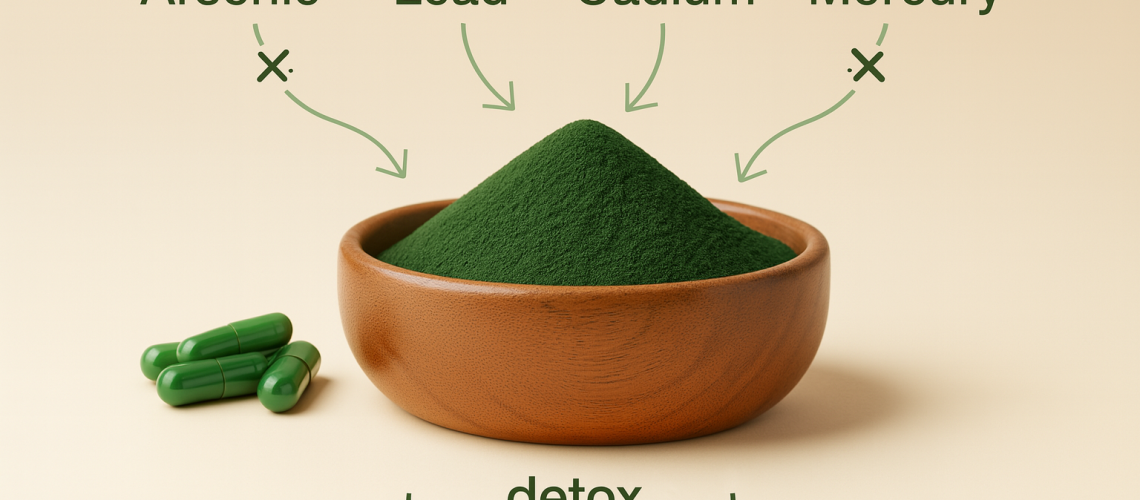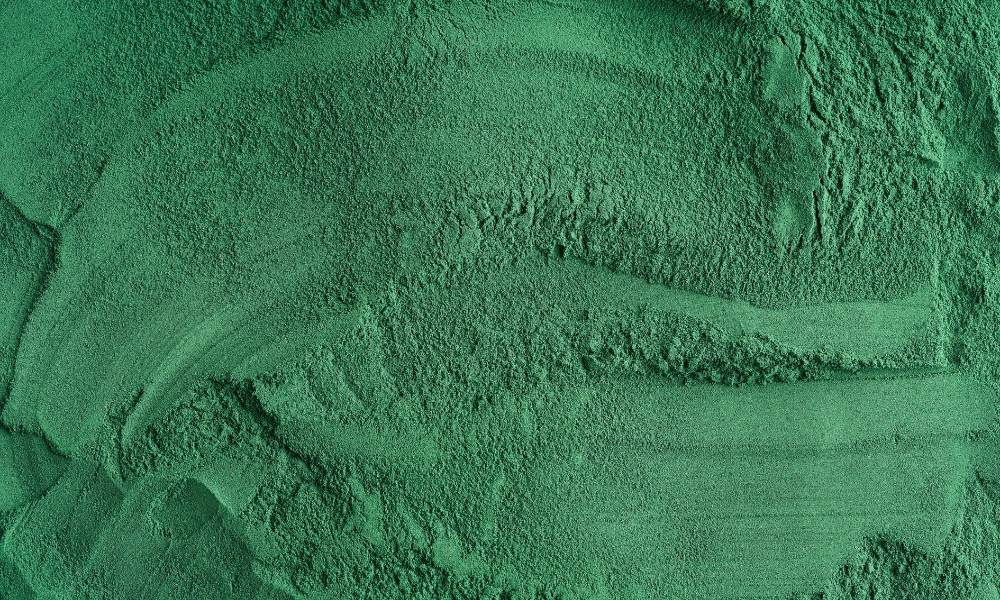Made with under the sun daily.
Made with under the sun daily.

Spirulina is often marketed as one of the healthiest foods on earth, packed with nutrients, antioxidants, and detoxifying potential. But what toxins can it actually help your body remove? What mechanisms are involved? And what does the science actually show? In this article, we are trying to show what spirulina can do (and what’s still uncertain).
Here are the toxins for which there is scientific evidence that spirulina helps reduce their levels or ameliorate their effects:
| Toxin / Contaminant | Evidence & Effects of Spirulina | Limitations & Notes |
|---|---|---|
| Arsenic | Human trials and animal studies suggest spirulina can support arsenic detoxification by increasing excretion and improving symptoms. Antioxidants reduce oxidative stress from arsenic exposure. | The best evidence exists for arsenic; outcomes vary depending on dose, duration, and product quality. |
| Cadmium | Animal data show spirulina reduces cadmium-induced oxidative damage and may protect liver and kidney function. | Human studies are limited; more research is required for chronic exposure. |
| Lead | Preclinical studies indicate spirulina may reduce lead-induced oxidative stress and tissue damage, partly due to pigments like phycocyanin. | Robust human evidence is lacking; spirulina should not replace medical treatment for lead poisoning. |
| Mercury | In vitro and animal studies suggest spirulina provides protection against mercury toxicity through antioxidants and possible binding effects. | Human clinical data are insufficient; controlled trials are still needed. |
| Chromium | Environmental biosorption studies show spirulina biomass can bind chromium ions in water. | These findings apply to wastewater treatment, not proven in humans. |
| Other toxins/pollutants | Preliminary evidence points to protective effects against aflatoxins, pesticide residues, and radiation damage via antioxidant activity. | Mostly preclinical evidence; standardised human trials are needed. |
Spirulina holds real promise as a natural aid in removing certain toxins from the body — especially heavy metals like arsenic, lead, cadmium, and possibly mercury. Fresh Spirulina Pure Powder, while it’s not a magic bullet, its combination of chelating activity, antioxidant properties, and support of detoxification systems gives it a credible role in detox protocols. When used correctly, spirulina can be a valuable component in maintaining optimal health and protecting against damage caused by toxins.

Founded in Southeast QLD and located on Certified Organic farmland, we are an Australian-made Fresh Spirulina commercial farm. We are subject to the Australia New Zealand Food Standards Code and produce fresh Spirulina using food-grade nutrients only, pay attention to the freshness and health of our spirulina.
You can visit us at our social media pages at facebook.com & instagram.com


Would you like to be notified when we start?



Thanks! You're on the list.
It's safe to close this popup now.